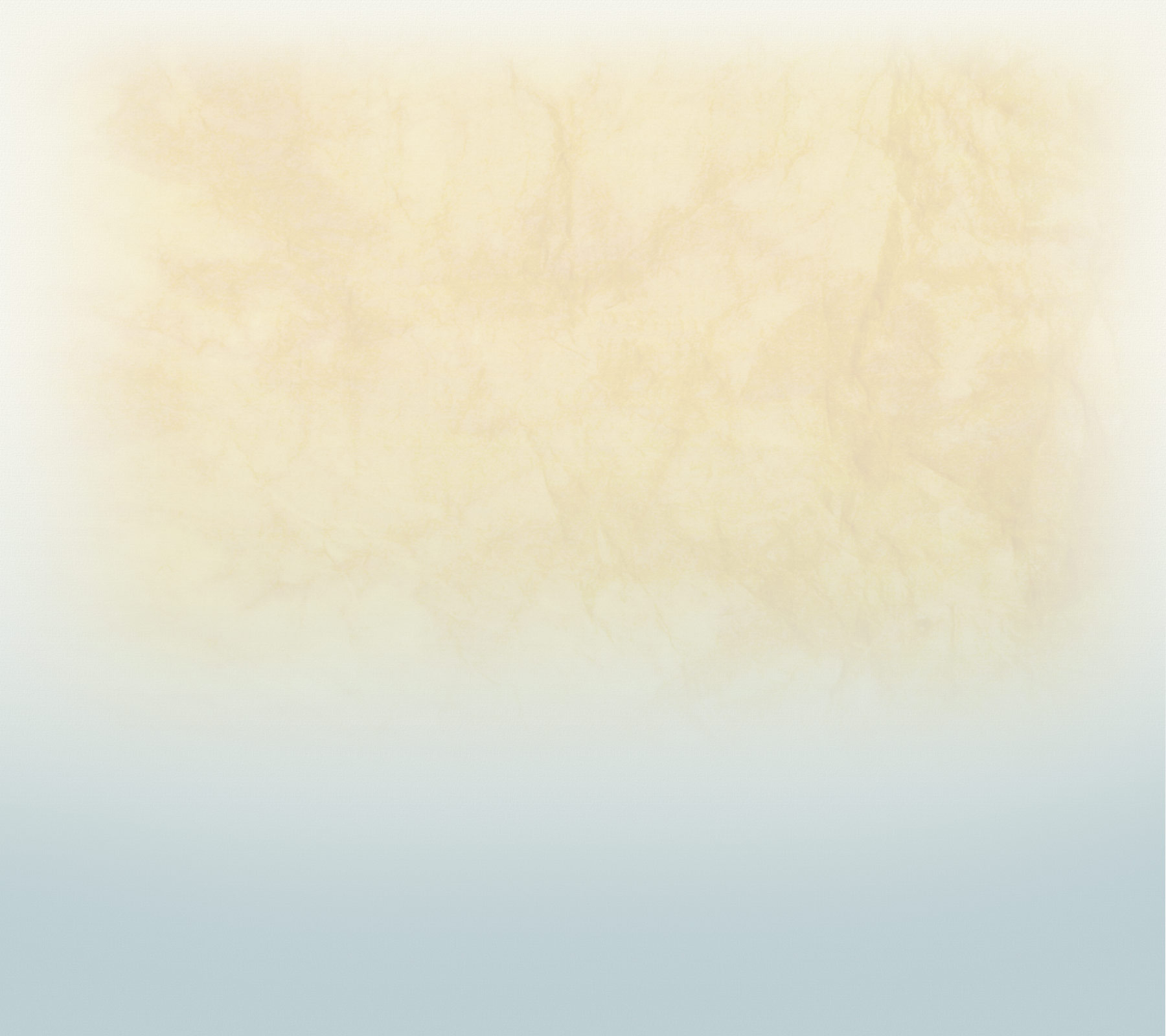HISTORY OF CUPPING
Cupping has been widely used in Chinese medicine for thousands of years. In ancient times it was known as “horn cupping” and/or “bamboo jar therapy.” Now cups are made of additional materials including hard plastic, glass, and silicon. Over the years cupping therapy has been expanded to treat a wide variety of complaints including arthritis, muscle tightness, sports injuries, sciatica, the common cold, post-stroke hemiplegia, abdominal and epigastric pain, menstrual cramps, intestinal spasm and even obesity.
HOW IT WORKS:
Cupping is done by creating a vacuum in a cup or jar, usually by means of heat, and applying the cup to the skin to draw up the underlying tissue. The amount of suction can be relatively great or mild depending upon the condition being treated. Cups can be moved (after putting an oil or liniment on the skin) or left stationary over a particular area, for example, over the lungs to help decongest and ease breathing. Cupping can also be combined with the application of liniments and with acupuncture.
TAKING PRECAUTIONS:
There are a few cautionary measures to keep in mind while using cups. Cupping should not be applied where skin is not smooth or where there is a lot of hair as it may be difficult to maintain suction under cups. Cups should not be left on for long periods of time (more than 15 minutes) to avoid blistering. Cupping should be avoided in areas where it would not be appropriate to have mild discoloration of the skin, like the face. Do not try to pry cups off from the top when removing them. Instead, to remove cups simply press against the skin at the base of the cup to break the “seal.” Cups can create bruising depending on the strength of the cupping process. This is normal and will resolve like any other bruise.
HEALTH ADVANTAGE:
Cupping has several advantages. It is safe so long as it is properly administered. It is simple to perform, cost-effective and can be done at home as part of a self-care program. It also feels good because it warms the area, releases heat and stagnation and relaxes muscles. Cups can be inexpensively purchased at the clinic, and a practitioner will happily go over an individualized treatment plan that can include cupping at home.


